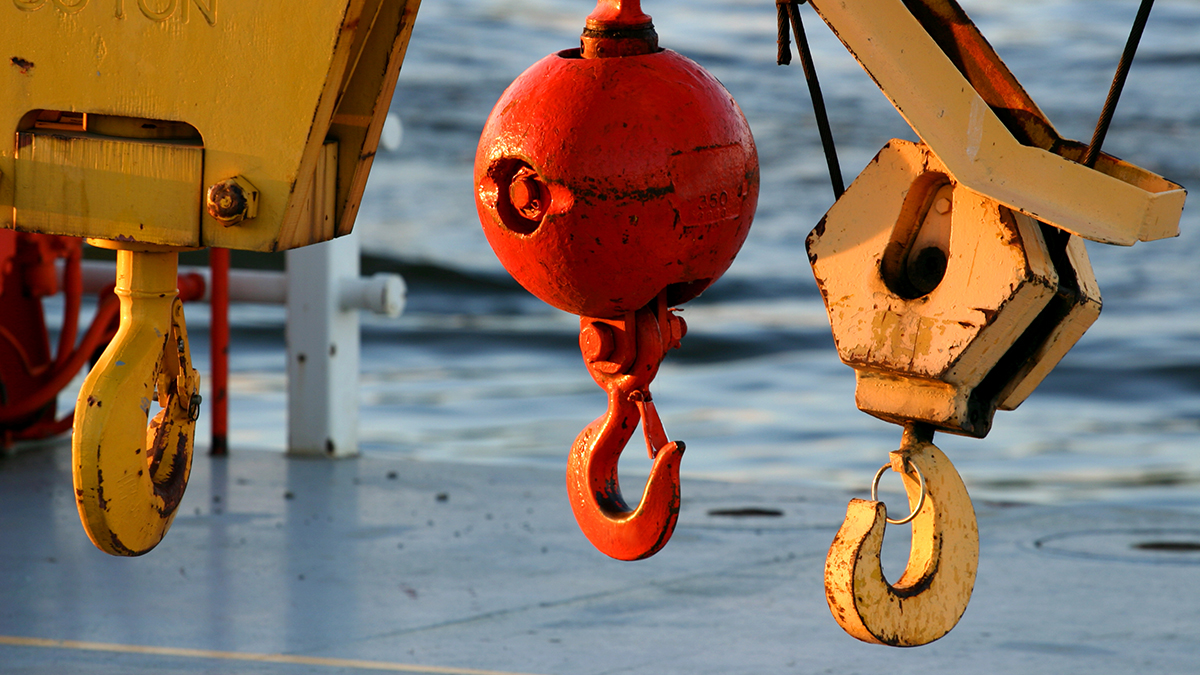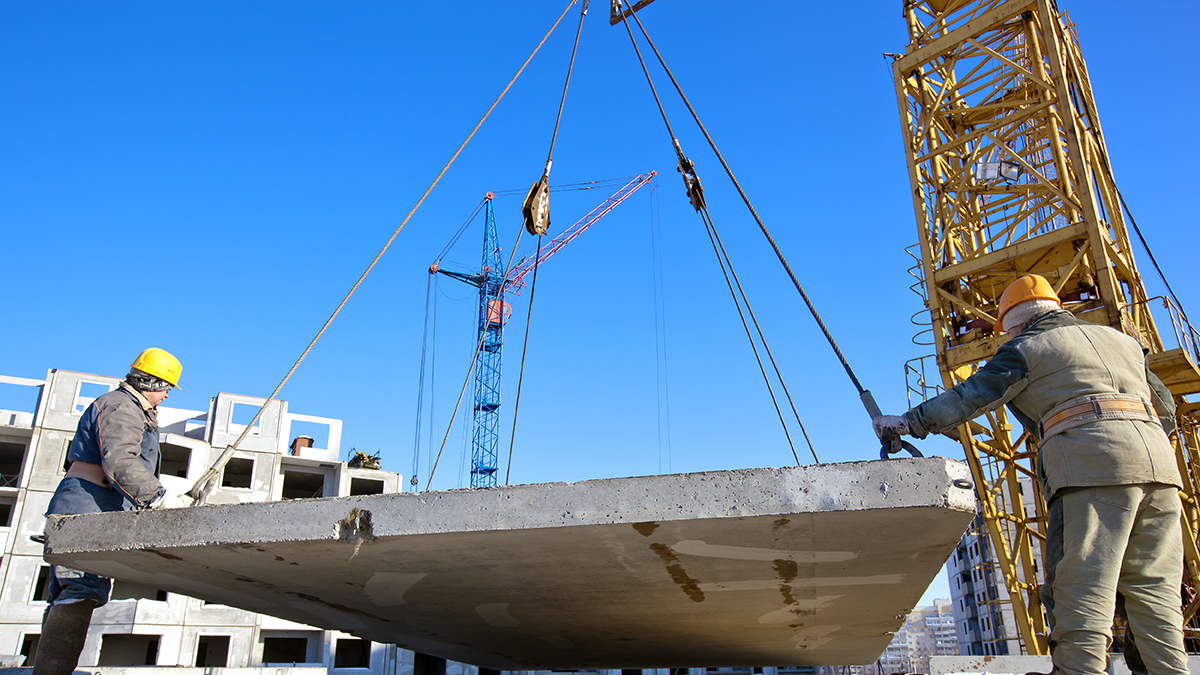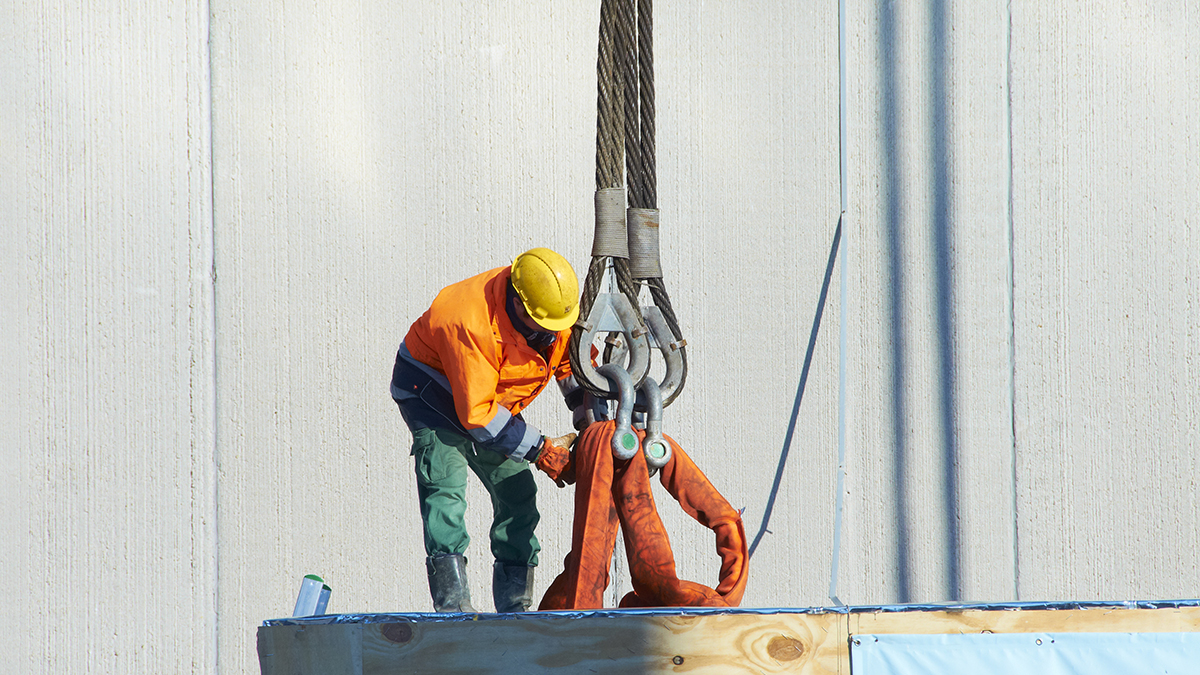A certified rigger is a worker who has undergone the proper training to become certified…
Rigger and Signalperson – What is that?
To the untrained eye, a construction site often looks quite a bit like controlled chaos. Dump trucks driving all over the construction site and cranes moving loads from one location to another. It truly seems as though every worker has his own agenda to complete his own task. In reality, there is a lot more going on than this, especially in regards to the cranes and their proper operation. For each crane, there is a highly trained Rigger and a Signalperson involved in every movement they are making to ensure safety and proper execution.
At first glance, the crane operator seems to be the person with the most responsibility on a work site, and in fact, they are accountable for the safety of the entire work site. But, the Rigger is just as responsible for the safety of the crane operations. This includes the proper rigging of loads prior to them being lifted. To perform this properly, weight charts must be read and the proper rigging equipment used. This is an essential piece of the site’s overall safety as some of these loads can be extremely heavy and dangerous to coworkers.
Once the load is appropriately secured, it is then the Signalperson’s duty to safely guide the crane operator to perform the proper movement of the load from the rigging location to its final resting spot. Much like the director of an orchestra, the Signal person has to keep the flow of work moving to ensure the job is completed, but even more importantly, he must make certain that all crane activities are performed safely. This is performed using hand signals that must become second nature to the Signal person and the crane operator.
The Rigger and Signalperson have a great deal of responsibility to ensure the crew on the work site is safe, while at the same time, ensuring the job is correctly completed. Due to this responsibility and the importance of this position, it is mandated by the Occupational Safety and Health Administration (OSHA) that Rigger and Signalperson training must be performed, and a worker must be qualified or certified prior to performing this duty.




I like that you mentioned how for each crane, there is a highly trained rigger and a signalperson involved in every movement they are making to ensure safety and proper execution. I was watching a video of a construction site last night and I saw how some people operated cranes. From what I’ve heard, it seems qualified rigging & signal person safety training is being offered now.